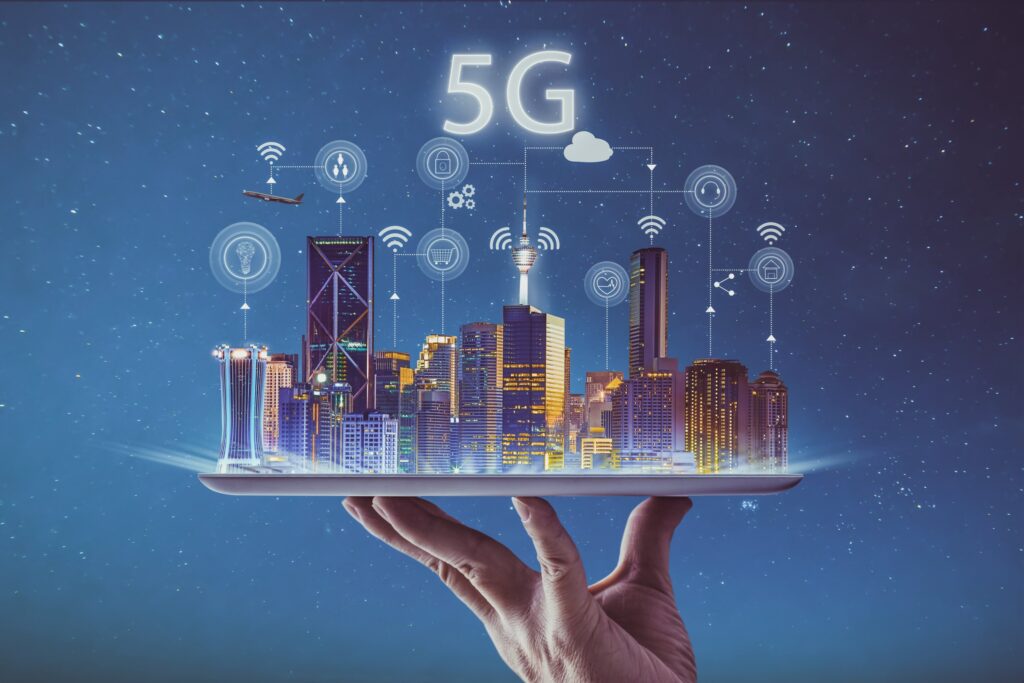The advent of 5G network technology has revolutionized the way we connect, communicate, and experience the digital world. With lightning-fast speeds, ultra-low latency, and immense capacity, 5G has emerged as a game-changer in the realm of modern technology. This article explores the various applications of 5G network technology, shedding light on its benefits and drawbacks.
Enhancing Communication and Connectivity
In the realm of communication, 5G network technology paves the way for unparalleled connectivity. With its blistering speeds, users can enjoy seamless video calls, high-quality streaming, and faster downloads. Moreover, 5G’s robust connectivity fosters real-time interactions and facilitates the Internet of Things (IoT) devices to exchange data instantaneously.
Transforming Industries and IoT
5G’s impact extends beyond communication, as it acts as a catalyst for transforming industries. The manufacturing sector can leverage 5G to enhance automation, precision, and efficiency. By enabling real-time data transfer and analysis, 5G empowers IoT devices, enabling smarter and more connected factories. This synergy leads to streamlined operations, reduced downtime, and increased productivity.
Unleashing the Potential of Smart Cities
The implementation of 5G network technology holds tremendous promise for smart cities. With its low latency and high bandwidth, 5G supports a myriad of smart applications such as intelligent traffic management, efficient energy distribution, and enhanced public safety through real-time monitoring. Furthermore, it enables the development of interconnected infrastructures, making cities more sustainable and livable.
Revolutionizing Healthcare and Remote Medicine
5G network technology revolutionizes the healthcare sector by enabling remote medicine and telehealth services. With the ability to transmit large amounts of data quickly and securely, 5G facilitates real-time remote consultations, remote patient monitoring, and surgical procedures. Moreover, it empowers healthcare professionals to deliver high-quality care to patients in remote areas, improving access and outcomes.
Empowering Autonomous Vehicles and Transportation
The integration of 5G network technology with autonomous vehicles and transportation systems ushers in a new era of mobility. Through its low latency and high reliability, 5G enables vehicles to communicate with each other, infrastructure, and pedestrians in real time, enhancing safety and efficiency. Moreover, 5G plays a vital role in enabling advanced features like autonomous driving, traffic management, and smart transportation networks.
Conclusion
As we delve into the era of 5G network technology, its potential to reshape our lives and industries becomes increasingly evident. With its unprecedented speed, capacity, and connectivity, 5G unlocks endless possibilities in communication, IoT, smart cities, healthcare, and transportation.
While 5G offers remarkable benefits, it’s essential to acknowledge and address potential concerns and challenges, such as security, infrastructure requirements, and accessibility. As we navigate this transformative technology, harnessing its power responsibly and inclusively will be crucial to reaping its full potential.

